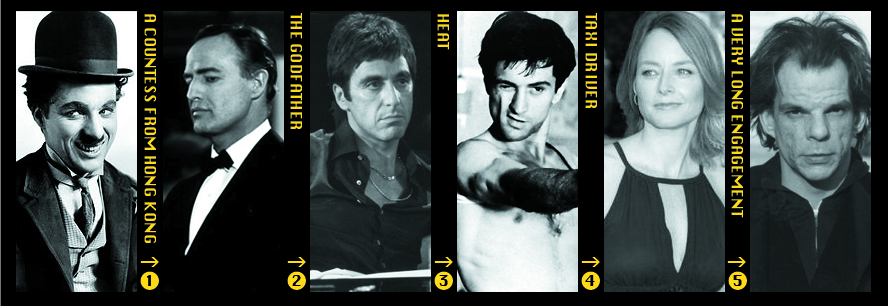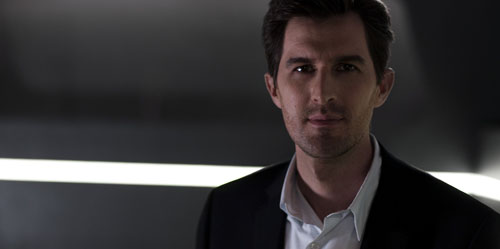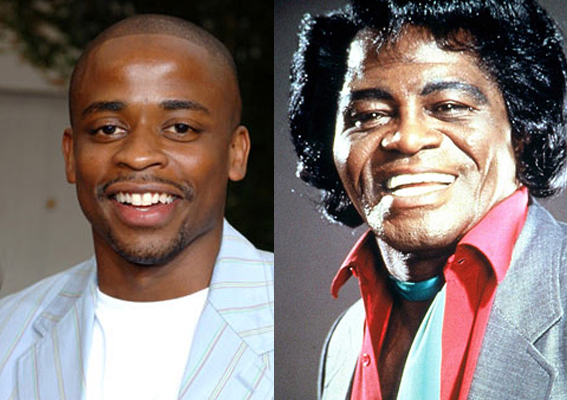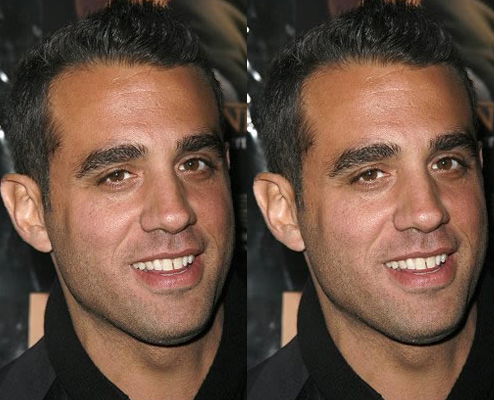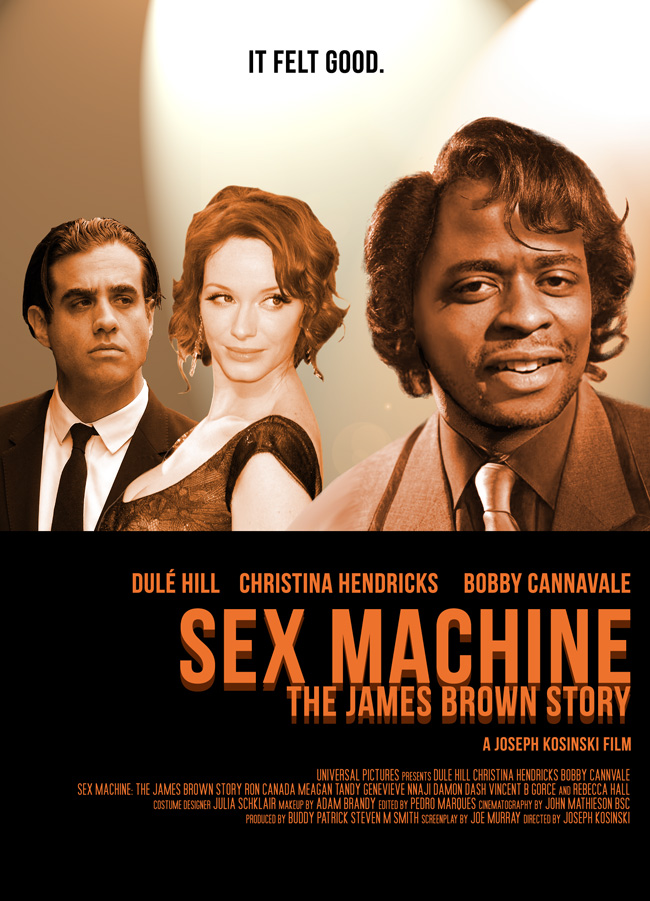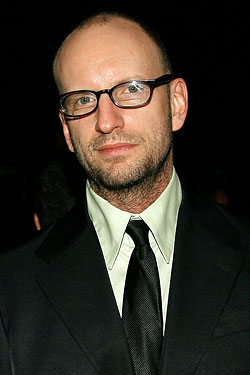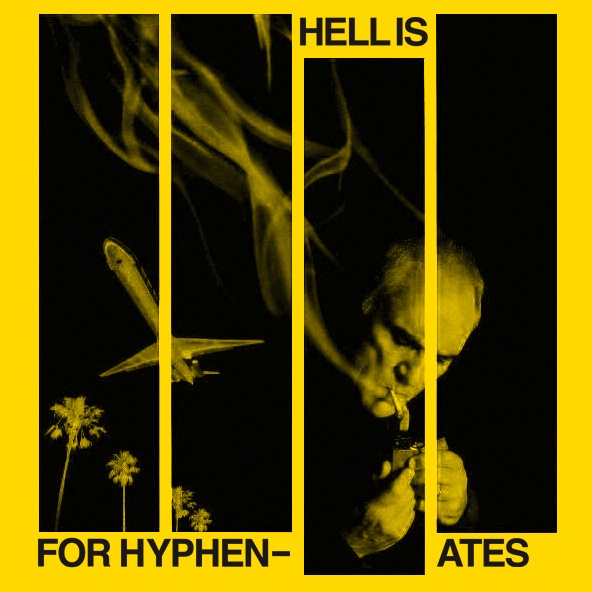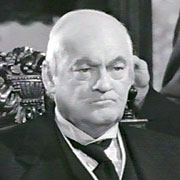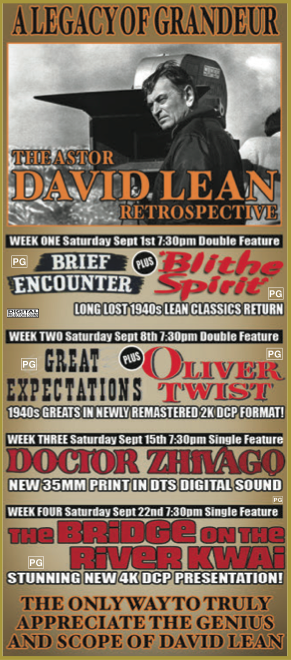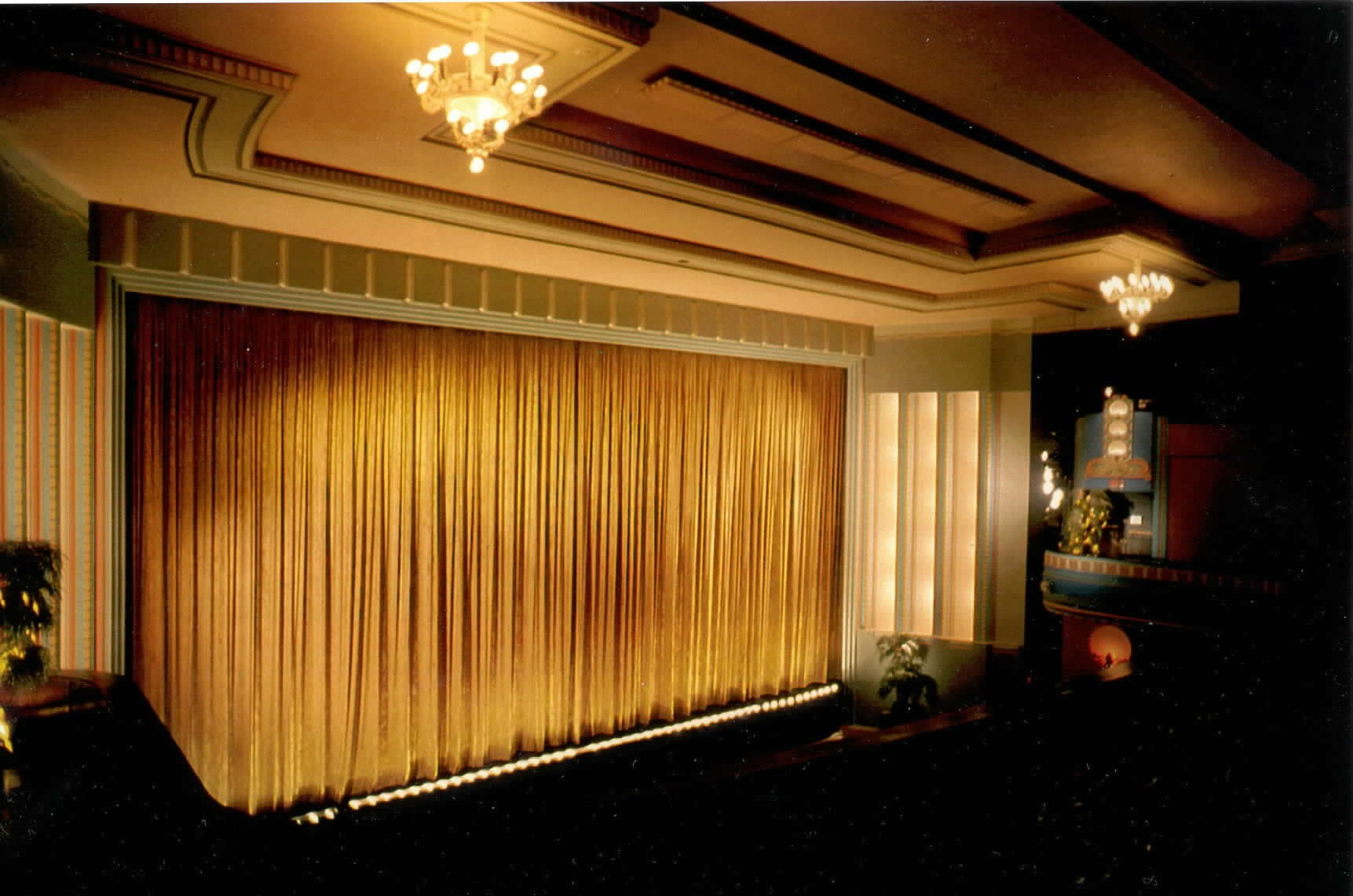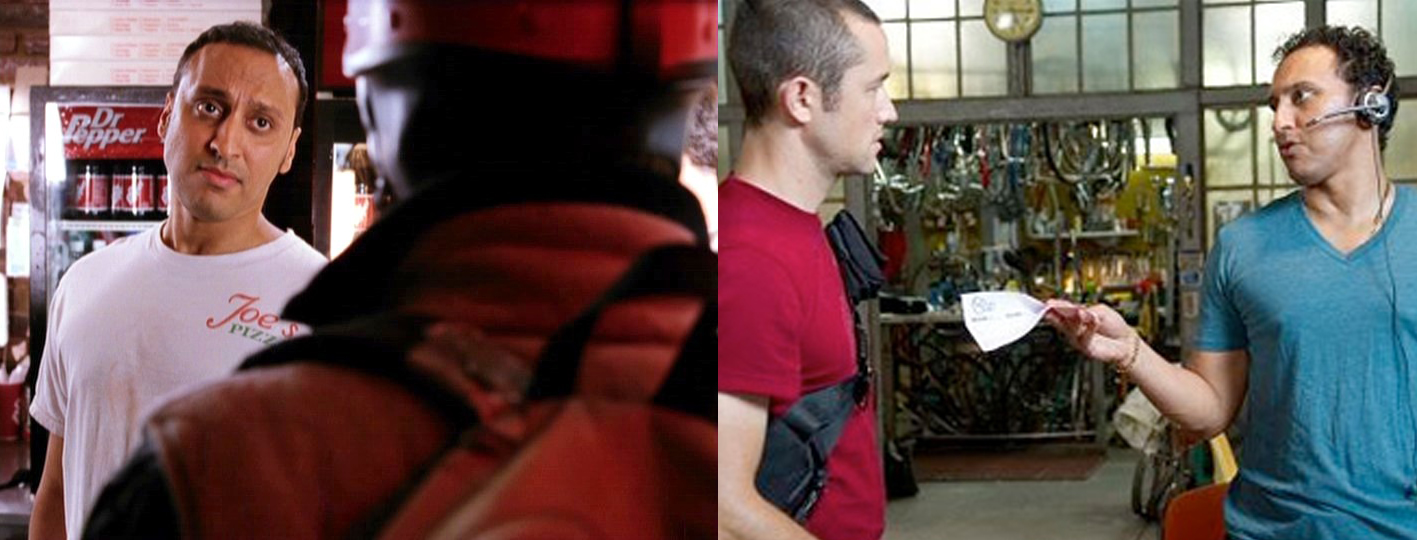Movie geeks love trivia games. This is just short of being a genetically-provable fact.
The most popular is surely Six Degrees, in which you have to link two actors in six moves or fewer. If you’ve never played, you take two actors separated by time or countries of origin or both. Or neither, if you want to start easy. (For example, Charlie Chaplin and French actor Denis Lavant could go: Chaplin to Marlon Brando in A Countess From Hong Kong, Brando to Al Pacino in The Godfather, Pacino to Robert De Niro in Heat, De Niro to Jodie Foster in Taxi Driver, Foster to Denis Lavant in A Very Long Engagement. Five moves. Bam. If you can do better, feel free to show me up in the comments below.)
There’s a great game that began on the Motion Captured Podcast called Movie God, in which you, as Movie God, are presented with two films or filmmakers or actors, and have to wipe one from history, taking into account all the historical eddies that your choice will cause. (For instance, do you destroy Star Wars or Alien? They’re both hugely influential films, and removing either one will cause massive and very different ripple effects.) The aim on the part of the person suggesting the two choices is to inspire absolute pain in the part of the Movie God. If they choose one instantly and without hesitation, you’ve failed. If they writhe in pain for hours, you’ve succeeded. (I’m proud to have inspired such agony when I phoned in to the MCP and presented hosts Drew McWeeny and Scott Swan with two impossible choices. Check out the October 6, 2011 edition to hear what I confounded them with. I come in at 1:33:16.)
There’s another good one we played a lot during production on Bazura in which you try to figure out which filmmakers have made five great films in a row. It’s harder than it sounds, and you’ll be amazed at which filmmakers qualify and even more at which don’t. (Although, there are few objectively definitive right or wrong answers. The fun in that game comes largely from arguing your case with others.)
Now, my friend and colleague Sean Lynch, the Melbourne-based comedian/TV host/film reviewer, has come up with a new game. And it’s a cracker.
Here’s what you do: take three actors, one director and a musician who were all born on your birthday, and create a movie upon which they’d all conceivably collaborate.
This is a great game, and a challenging one if, like me, your birthday falls on a day upon which very few actors or directors were born. On my part, May 3 is a decent time of the year to celebrate your birthday, but it’s not a common one. After all, it’s not like Bing Crosby (born: May 3, 1903) and Rob Brydon (born: May 3, 1965) are ever likely to do a Road To Cardiff-style movie together. But if they did, it would probably be written and directed by Maybe Baby‘s Ben Elton (born: May 3, 1959).
So, here’s what I’ve come up with…
I’m going to start with the musician. James Brown, the godfather of soul, was born on May 3, 1933. Now, he died in 2006, so he’s not likely to be providing a score to any movie, but if the film you’re making is a biopic of James Brown, that’s a pretty good excuse to use his music throughout the film.
So, who will direct Sex Machine: The James Brown Story? We don’t have an awful lot of choices, but I think we can agree that after the science fiction double-hit of TRON: Legacy and the upcoming Oblivion, director Joseph Kosinski (born: May 3, 1974) may well want to want to legit and do something a bit Oscar-baity.
James Brown will be played by Dulé Hill (born: May 3, 1975), best known for his roles in The West Wing and Psych. This will be Hill’s big breakout role, and he’ll play Brown as a teenager (in unconvincing makeup) and as an old man (also in unconvincing makeup).
The film will be told from the perspective of an ageing Brown in his final years, as his marriage to singer Tomi Rae Hynie is found to be invalid due to Hynie’s previous marriage. Flashbacks to Brown’s life story are juxtaposed against this measurably less-interesting modern-day legal tangle. Hynie will be played by Mad Men’s Christina Hendricks (born: May 3, 1975).
Character actor Bobby Cannavale (born: May 3, 1970) plays Javed Ahmed, the man that Tomi Rae Hynie married for a green card, and whose marriage threatens to destroy that of Hynie and Brown.
After a quick find-and-replace on all the names in the Ray script, they’ll be ready and raring to go! The result will be a mawkish, inaccurate, and Academy Award-winning film that will grace the discount bins within weeks of its home video release.
So, what’s your birthday movie? (Find out by typing the month and date of your birthday into Wikipedia, or by going to this IMDb page http://www.imdb.com/search/name?birth_monthday=##-## and placing the month in the first two ## and the day in the last two.)
Once you’ve created it, pitch it to us in the comments below!
Special thanks to Sean Lynch for creating the game, and to David Blumenstein for his brilliant design of the Sex Machine poster. Check out David’s prolific works at his website www.nakedfella.com.

